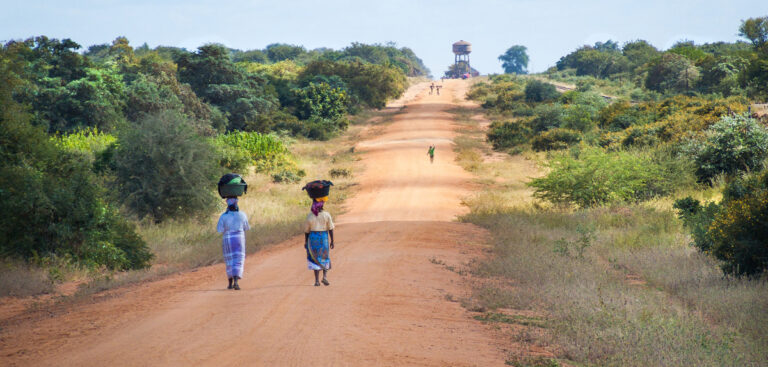Aid agencies in Southern Africa are increasingly turning to meteorology in a bid to help people respond to the climate shocks that are ravaging the region.
According to the World Food Programme (WFP), a record 45 million people in the region are at risk of hunger due to repeated drought, widespread floods, lost harvests and an economic crisis in Zimbabwe.
Meanwhile, in 2019 much of the central and western parts of southern Africa experienced their lowest rainfall since 1981, according to the United Nations (UN).
In an attempt to confront the impact of climate on these humanitarian crises, aid agencies are increasingly turning their attention to the weather.
“We cannot see food insecurity through an emergency lens alone,” Michael Charles, head of the southern African office for the International Federation of Red Cross and Red Crescent Societies (IFRC), told Reuters.
The WFP, for example, has a staff of atmospheric scientists who use long-term meteorological forecasts to predict six months ahead where climate-related emergencies might take place. Armed with this information they can finance humanitarian responses upfront.
The WFP has also used drones to map vulnerable regions of Mozambique and Madagascar ahead of tropical cyclones so emergency responders know where to focus their search and rescue operations.
Another project funded by the UN in Zambia uses community radio broadcasts to forecast weather threats to around 170,000 small-scale farmers.



